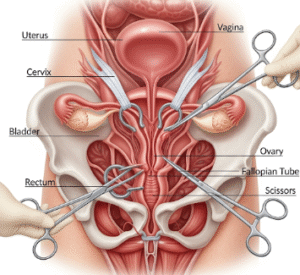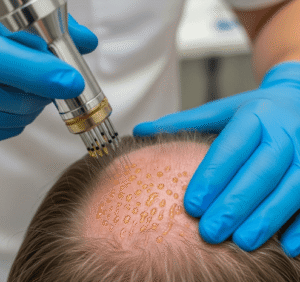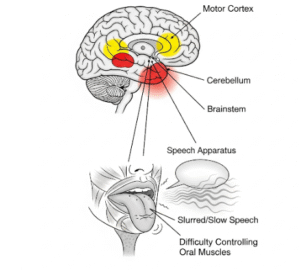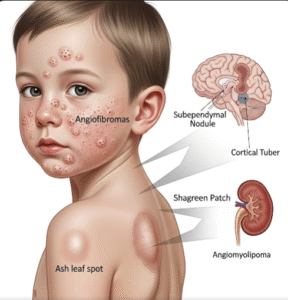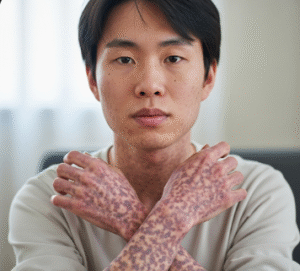What It Is
Tuberous breast correction is a surgical procedure to treat tuberous breast deformity, a congenital condition where the breasts develop in a narrow, constricted shape. This condition often includes a tight lower breast pole, enlarged areolas, and breast asymmetry, giving the breasts a tube-like appearance.
Correction typically involves a combination of tissue expansion, glandular reshaping, areolar reduction, and sometimes augmentation with implants or fat grafting to create natural, rounded, and symmetrical breasts. In Korea, surgeons use advanced 3D planning, hybrid augmentation, and scar-minimizing techniques for optimal cosmetic and functional results.
Why It’s Done
Patients undergo tuberous breast correction because:
- Their breasts are constricted, elongated, or asymmetrical.
- Enlarged or bulging areolas cause cosmetic concerns.
- The deformity affects self-esteem, body image, and clothing choices.
- They want a natural, proportionate breast shape.
Good candidates include:
- Women with tuberous breast deformity, mild to severe.
- Patients with adequate health for surgery and realistic expectations.
- Those who may require implants, fat grafting, or a lift as part of correction.
Alternatives
- Supportive bras or padding: Provide only temporary cosmetic improvement.
- Fat transfer alone: Useful in mild cases but may not correct severe constriction.
- No treatment: Chosen if deformity is mild and not bothersome to the patient.
Preparation
Before tuberous breast correction in Korea, patients will:
- Undergo consultation with 3D simulations and imaging to assess severity.
- Discuss surgical options: tissue release, augmentation, lift, or combination.
- Stop smoking and alcohol 2–4 weeks prior to surgery.
- Avoid blood-thinning medications and certain supplements.
- Plan recovery time and follow-up care.
How It’s Done
- Anesthesia: General anesthesia is required.
- Incisions: Usually made around the areola for minimal visible scarring.
- Tissue release: Constricted lower pole is surgically released to expand breast base.
- Areolar correction: Enlarged areolas are reduced and reshaped.
- Augmentation (if needed): Implants or fat grafts are placed to restore volume and contour.
- Lift (if needed): Excess skin is removed and nipple position corrected.
- Duration: 2–4 hours depending on complexity.
Recovery
- First week: Swelling, bruising, and mild discomfort are common. A support bra is worn continuously.
- Stitches: Removed or dissolved within 7–10 days.
- Return to activities: Light duties in 5–7 days; strenuous exercise avoided for 4–6 weeks.
- Final results: Breasts appear rounder, fuller, and more symmetrical within 2–3 months, with scars fading over time.
Possible Complications
- Residual asymmetry, especially in severe deformities.
- Scarring around the areola.
- Temporary or permanent changes in nipple sensation.
- Infection, hematoma, or delayed healing.
- Implant-related risks if augmentation is used (capsular contracture, rupture).
Treatment Options in Korea
Diagnosis
Korean surgeons use 3D breast imaging, clinical evaluation, and simulation software to classify tuberous breast severity and plan correction.
Medical Treatments
- External support or non-surgical approaches for mild cosmetic management (limited effect).
Surgical or Advanced Therapies
- Tissue release and reshaping of glandular tissue.
- Areolar reduction and repositioning.
- Implant augmentation for volume and contour.
- Fat grafting for natural enhancement and correction of irregularities.
- Hybrid correction combining multiple methods for best outcomes.
Rehabilitation and Support
- Scar care with silicone gels, massage, or fractional laser therapy.
- Long-term follow-ups to monitor breast shape and implant condition if used.
- Lifestyle and weight management guidance to maintain results.
- International patients benefit from Korea’s customized surgical planning, natural-shaping expertise, and comprehensive aftercare support.



